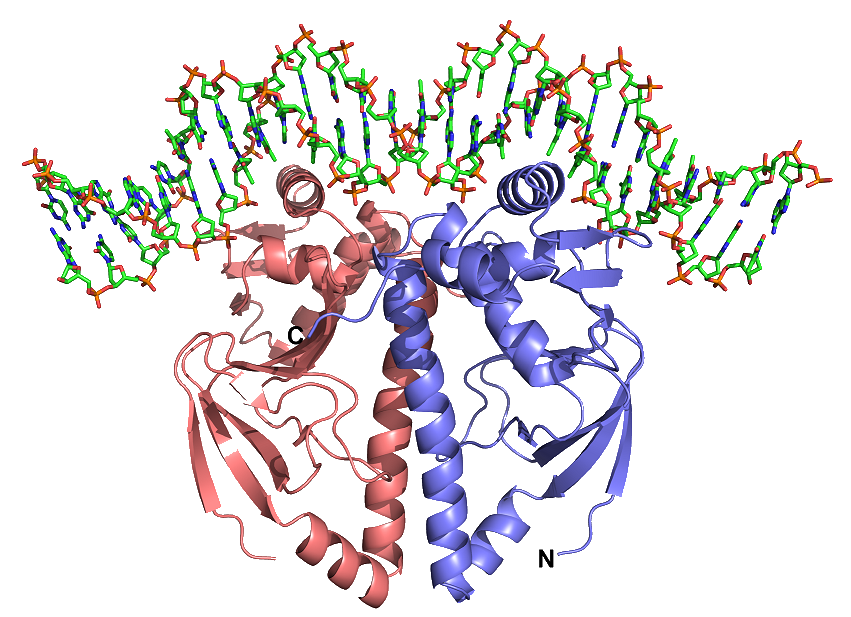The Hennecke Lab - Symbiotic Nitrogen Fixation
Prof. em. Hauke Hennecke

ETH Zürich
Institut für Mikrobiologie
HCI F 421
Vladimir-Prelog-Weg 1-5/10
8093 Zürich
Switzerland
email:
The group of Prof. Hauke Hennecke started in our institute on April 1, 1983, and terminated 30 years later on January 31, 2013. While a large number of different research projects had been carried out during this period, the overarching objective was to study the physiology, biochemistry, and molecular genetics of the soil bacterium Bradyrhizobium japonicum. This microbe has two principle life styles: free-living in soil or laboratory culture, and endosymbiotic within infected cells of soybean root nodules, where the bacterium performs nitrogenase-catalyzed fixation of molecular nitrogen for the benefit of the host. Concurrent with the conversion from the free-living to the symbiotic style, the bacterium changes from an oxic to an extremely micro-oxic environment. Life in micro-oxia is possible because B. japonicum respires with the help of a high-affinity cytochrome oxidase that consumes the oxygen released slowly from oxy-leghemoglobin, an oxygen-binding protein of the host plant. The cytoplasm of the symbiotic bacterium is thus kept anoxic. This is an optimal niche for the function of the oxygen-sensitive nitrogenase. Research in the Hennecke lab addressed processes in which the ambient oxygen concentration and the redox balance play critical roles in the regulation of gene expression and the maintenance of diverse symbiotic functions.
A selection of research projects
(Numbers in parenthesis refer to key papers from the Download publication list (PDF, 392 KB))
- The genetic repertoire of B. japonicum (34, 43, 47, 61, 88, 125, 150, 156, 168, 181, 205, 208, 213, 223)
- Regulatory proteins involved in the control of genes for symbiosis and nitrogen fixation (56, 62, 76, 91, 117, 133, 184, 186, 218, 222, 231, 233, 234, 236).
- RNA polymerase sigma factors (31, 103, 165, 172, 182, 245)
- Function and biogenesis of cytochrome oxidases (96, 126, 132, 161, 163, 179, 197, 239, 246, 247)
- Biogenesis of c-type cytochromes (83, 84, 107, 108, 130, 136, 149, 159, 169, 185)
- Heme and iron uptake (211, 223, 226, 228)
- Heat-shock response and molecular chaperones (131, 160, 165, 172, 181, 213)
- Aspects of microbe-host interaction (54, 80, 99, 100, 102, 111, 121, 207, 232, 237, 238, 241, 244)
- Biochemical genetics of phenylalanyl-tRNA synthetase of Escherichia coli (3, 7, 28, 110, 116, 140, 141, 152)
